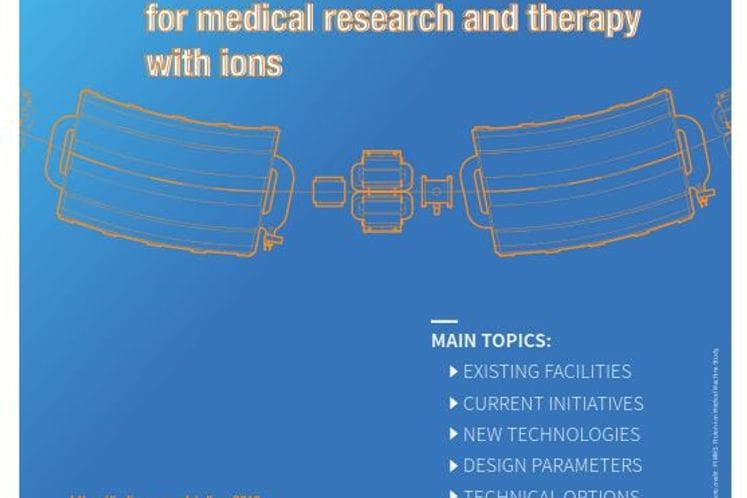- Government of Montenegro
Ministry of Education, Science and Innovation Minister Damjanović at a workshop dedicated to dev...
Please note: The page below represents the archived content relating to the previous Government of Montenegro. Some of the information might be inaccurate or outdated.
Archive
Minister Damjanović at a workshop dedicated to development of new technologies that could be applied to SEEIIST regional project

Published on: Jun 22, 2018 • 5:36 PM Author: Ministry of Science
Minister of Science Dr. Sanja Damjanović has taken part in a workshop dedicated to the improvement of existing and development of new technologies of future accelerator-based medical projects that are intended for the treatment of several types of cancers.
At the workshop entitled “Ideas and technologies for a next generation facility for medical research and therapy with ions”, held at the European Scientific Institute (ESI) in Archamps in France on 19-21 June, a hundred of experts from all over the world took the opportunity to exchange current experiences and explore opportunities for future medical facilities aimed at more successful cancer treatment and research.
Hadron cancer therapy represents the state-of-the-art form of radiotherapy that successfully treats a large number of cancers. There are commercial solutions for hadron therapy with protons; however, therapy with heavy ions (such as carbon) is far more superior but requires further research by the scientific community.
Currently, there are only 12 facilities using heavy ions worldwide, four in Europe and six in Japan. One of the goals of this workshop was precisely to find a more compact and cheaper design solution for hadron cancer therapy with ions that would at the same time be more efficient than existing facilities, all with a view to increase the number of cancer types treated with this method, which would be a great benefit for the whole society.
A special focus of the workshop was placed on the regional project of South-East European International Institute for Sustainable Technologies (SEEIIST), which is now entering a new phase, the so-called “Preparatory phase”, which implies the creation of a detailed facility design, i.e. “Technical Design Report”.
All participants have agreed that the SEEIIST project is a good candidate for the application of this latest technology, especially given that one of the project’s objectives is to allocate 50% of the operating hours to research, which would make the project unique in the world.
The workshop co-ordinator was CERN, the leading particle physics laboratory, and the GSI Helmholtz Centre, specializing in the heavy ion physics, where ion therapy was pioneered since the early nineties, being applied in two places in Germany now, HIT and MIT.
At the workshop entitled “Ideas and technologies for a next generation facility for medical research and therapy with ions”, held at the European Scientific Institute (ESI) in Archamps in France on 19-21 June, a hundred of experts from all over the world took the opportunity to exchange current experiences and explore opportunities for future medical facilities aimed at more successful cancer treatment and research.
Hadron cancer therapy represents the state-of-the-art form of radiotherapy that successfully treats a large number of cancers. There are commercial solutions for hadron therapy with protons; however, therapy with heavy ions (such as carbon) is far more superior but requires further research by the scientific community.
Currently, there are only 12 facilities using heavy ions worldwide, four in Europe and six in Japan. One of the goals of this workshop was precisely to find a more compact and cheaper design solution for hadron cancer therapy with ions that would at the same time be more efficient than existing facilities, all with a view to increase the number of cancer types treated with this method, which would be a great benefit for the whole society.
A special focus of the workshop was placed on the regional project of South-East European International Institute for Sustainable Technologies (SEEIIST), which is now entering a new phase, the so-called “Preparatory phase”, which implies the creation of a detailed facility design, i.e. “Technical Design Report”.
All participants have agreed that the SEEIIST project is a good candidate for the application of this latest technology, especially given that one of the project’s objectives is to allocate 50% of the operating hours to research, which would make the project unique in the world.
The workshop co-ordinator was CERN, the leading particle physics laboratory, and the GSI Helmholtz Centre, specializing in the heavy ion physics, where ion therapy was pioneered since the early nineties, being applied in two places in Germany now, HIT and MIT.
Related articles:
Request for prequalification Jan 17, 2025
Is this page useful?
